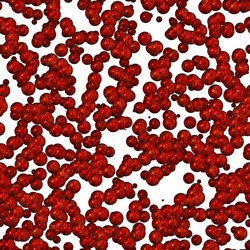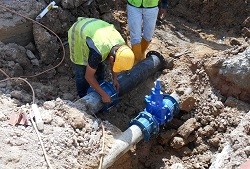Multifractal models to simulate random behaviour
Mathematics has been used to describe what is also known as random walk. Fractional Brownian motion consists of steps in a random direction with step length that has a characteristic value. Specifically, a family of Gaussian random functions have been designated for a host of time series to describe their curious properties. A key feature of fractional Brownian motion is that if one zooms in on any part of these functions, a similar random walk is produced in the zoomed-in part. Extending the analysis to so-called multifractionality enables evaluation of properties that are not constant but vary with time. Applying concepts of multifractionality requires the development of innovative statistical and numerical tools to simulate and predict such complex behaviour. The MULTIFRACTIONALITY (Multi-parameter multi-fractional Brownian motion) project was initiated to develop such techniques. Researchers began by enriching stochastic calculus for fractional and multifractional Brownian motion with the definition of stochastic integral and path regularity. They developed a new mathematical theory for use in the study of random fields with dependence on time and space as required by multifractionality. Next, researchers defined and analysed the properties of two different multifractional processes to aid in further model development. A series of approximations were also obtained, including smooth approximations of stochastic differential equations with fractional and multifractional noise for the model to be treated numerically. To evaluate the model's usefulness in statistical applications, researchers developed a theory of estimation of scaling functions and tested it on real finance data. Monofractal and multifractal models were considered, leading to the solution of practical problems related to pricing and hedging. Different processes composing Brownian and fractional Brownian motion were studied using partial differential equations. Importantly, it was shown that partial differential equations like the wave equation and higher-order heat equations are satisfied by the laws of iterated processes. The problems in fractional Brownian motion and stochastic partial differential equations addressed within MULTIFRACTIONALITY were discussed in four workshops. The many exciting findings have been showcased in 37 publications and 33 presentations made at conferences and scientific seminars. MULTIFRACTIONALITY has led to innovations in modelling stochastic systems and, in particular, fractional Brownian motion. Potential applications are relevant to biology, medicine, network research, physics and finance.
Keywords
Fractional Brownian motion, financial mathematics, stochastic behaviour, random walk, MULTIFRACTIONALITY







